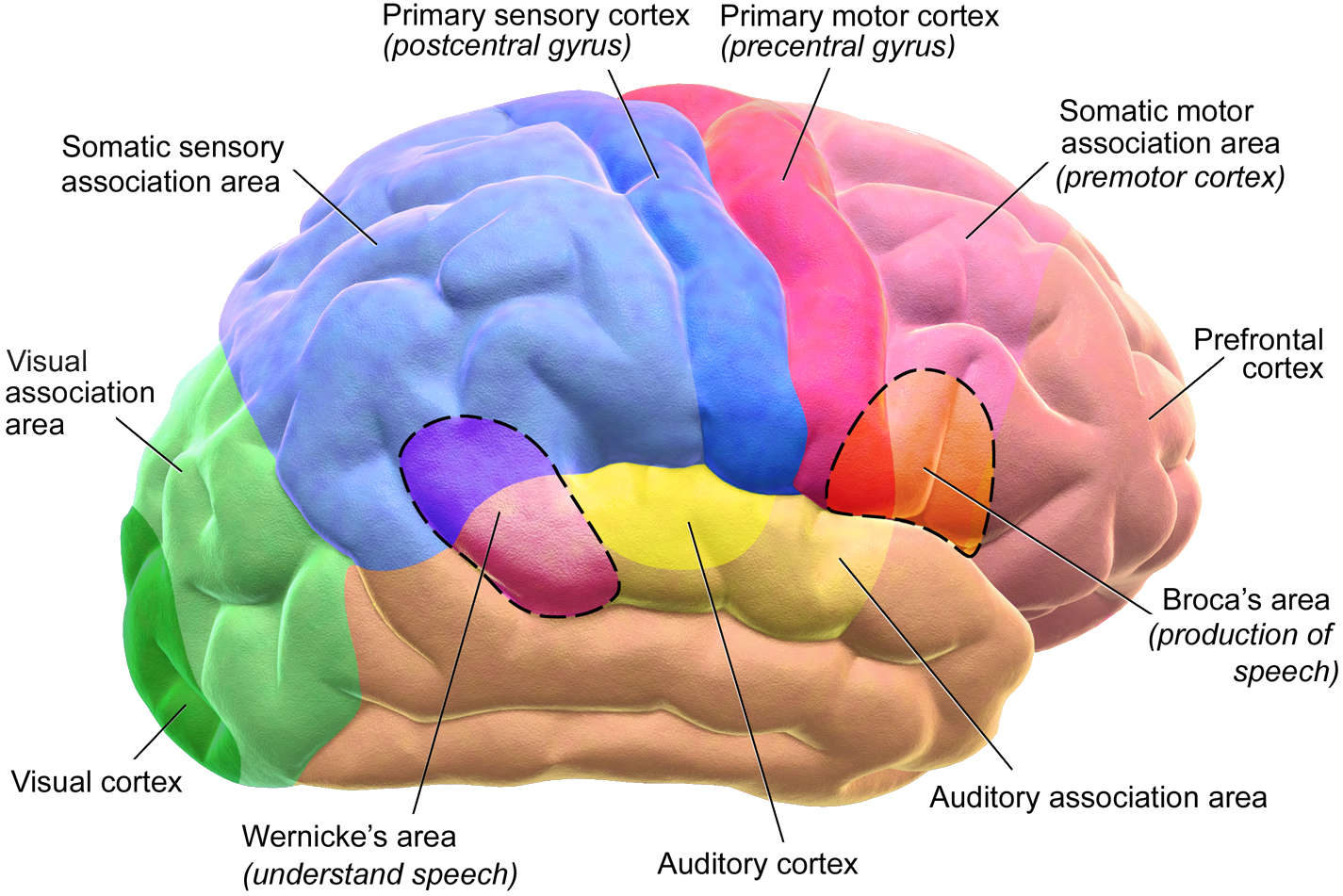I bet you didn't know Endometriosis has a sister?!?
 And she's seriously ugly, deceptive, mean, and cruel. Let's look at who she is and how she works. Once we've given this awful gal a name and explained how she works, you can ask your GYN about her and see if there's any chance she's living in your body without your knowledge...
And she's seriously ugly, deceptive, mean, and cruel. Let's look at who she is and how she works. Once we've given this awful gal a name and explained how she works, you can ask your GYN about her and see if there's any chance she's living in your body without your knowledge...What is Endometriosis?
 In order to talk about the step-sister, it's important to have a quick overview of what endometriosis is, so you can see how she's related. Endometriosis is when the lining of your uterus that you shed every month with your period gets out into other places, traditionally your pelvis. The tissue then finds a place to grow, steals itself a blood supply, adds some nerve endings and grows on your internal organs, like the outside of your ovaries or bladder. Sometimes it'll even grow through things like your bowel causing rectal bleeding with your periods, or through your bladder causing you to pee blood every month. It's also classic for causing severely painful and heavy periods. Sounds awful, right? It's only definitively diagnosed with surgery, when it can be biopsied and sent to the pathologist for a look-see under the microscope. It's tough to treat and almost impossible to remove. But at least it can be easily diagnosed. Gynecologists often don't do surgery, but give what we call a "clinical diagnosis" of endometriosis. If it quacks and walks like a duck, it's probably a duck. If you have heavy painful periods that started in your teen years, it's probably endometriosis. I'm gonna leave the rest of the details for a blog on Endo sometime. So, let's get into Adenomyosis and who she is!
In order to talk about the step-sister, it's important to have a quick overview of what endometriosis is, so you can see how she's related. Endometriosis is when the lining of your uterus that you shed every month with your period gets out into other places, traditionally your pelvis. The tissue then finds a place to grow, steals itself a blood supply, adds some nerve endings and grows on your internal organs, like the outside of your ovaries or bladder. Sometimes it'll even grow through things like your bowel causing rectal bleeding with your periods, or through your bladder causing you to pee blood every month. It's also classic for causing severely painful and heavy periods. Sounds awful, right? It's only definitively diagnosed with surgery, when it can be biopsied and sent to the pathologist for a look-see under the microscope. It's tough to treat and almost impossible to remove. But at least it can be easily diagnosed. Gynecologists often don't do surgery, but give what we call a "clinical diagnosis" of endometriosis. If it quacks and walks like a duck, it's probably a duck. If you have heavy painful periods that started in your teen years, it's probably endometriosis. I'm gonna leave the rest of the details for a blog on Endo sometime. So, let's get into Adenomyosis and who she is!What is Adenomyosis?
Adenomyosis is when the lining of your uterus that you shed every month with your period starts growing into and invading the muscle of your uterus. Like a parasite. Adenomyosis causes even more painful periods than endometriosis, and heavy, heavy bleeding. I also hear complaints of severe bloating before the period starts. She's awful.
How is Adenomyosis diagnosed?
One trick about adenomyosis is she's tough to diagnose until you've taken the whole uterus out for the pathologist to see. Adeno doesn't show up on ultrasound most of the time, although some ultrasonographers will claim it looks a little "glittery". She's a diva, I tell ya. On occasion, a pelvic MRI can pick up abnormalities. On exam, the only thing I can say I've ever noticed is that the uterus feels sort of like play-doh. She also often mascarades as endometriosis, which makes it even harder to diagnose.
How is Adenomyosis treated?
This is the real kicker. Unlike endometriosis, that often responds to many hormonal treatments such as birth control pills and the shot, adenomyosis sometimes doesn't respond at all. I've seen patients treated for years with suspected endometriosis with little to no response, that finally had the hysterectomy. And lo and behold, it was adenomyosis all along. Many people with adenomyosis have some response to hormones, the levonorgestrel IUD (Mirena) being the best in studies. But definitive management is a hysterectomy.
Do I have adenomyosis?
Even your gynecologist probably can't answer this question up front, even with good testing. If you've failed other treatments for your painful and heavy periods, and you don't really need/want your uterus, it may be time to consider a hysterectomy. I avoid surgery in patients unless it's really necessary. As of yet, I haven't ever had a patient unhappy with their decision when adenomyosis was the final result on pathology.
Fertil Steril. 2018 Mar;109(3):398-405. doi: 10.1016/j.fertnstert.2018.01.013.
Gynecol Endocrinol. 2016 Sep;32(9):696-700. Epub 2016 Jul 5.
Best Pract Res Clin Obstet Gynaecol. 2006 Aug;20(4):493-502. Epub 2006 Mar 24.
Best Pract Res Clin Obstet Gynaecol. 2008 Apr;22(2):333-9. Epub 2007 Aug 30.
Gynecol Endocrinol. 2018 Aug;34(8):647-650. doi: 10.1080/09513590.2017.1397116. Epub 2018 Feb 15.












 Laughter
Laughter







